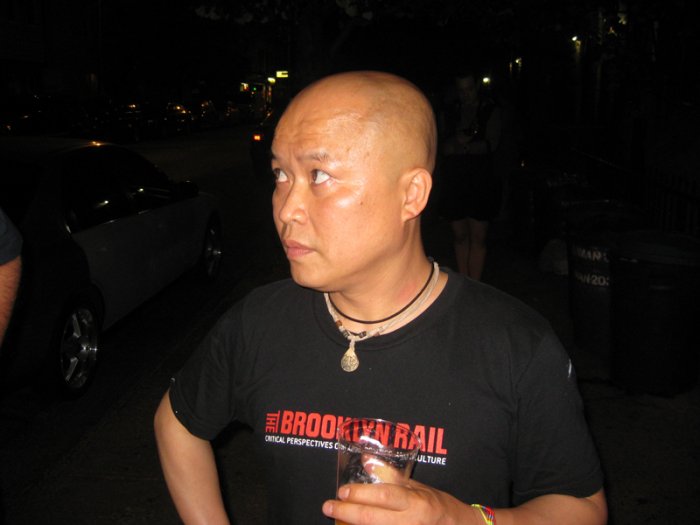
Image: clocktower.org.
Historians, as Khrushchev once observed, are dangerous people. So apparently are art magazine publishers if the New York Times is to be believed.
In a Monday, November 2, story titled “The Hustle of Publishing Art News in the Postprint Era” for the paper’s “Business Day” section, writer Ravi Somaiya interviewed Phong Bui, “artist and curator and founder of the art newspaper the Brooklyn Rail” about the publication Bui says he “helped found in his apartment 15 years ago this month.” The problem, among others, is that the picture Somaiya draws of the origins of the magazine is drastically airbrushed.
How do I know?
Because I helped start the publication in September of 1998 in someone else’s Brooklyn apartment, alongside four other young writers, including longtime editor Ted Hamm, the current chair of the journalism and new media studies department at St. Joseph’s College in New York. But it’s best to let Hamm straighten out Bui’s tall tale. Below is a copy of the letter he recently sent to the NYT’s corrections department and to the public editor:
Hi,
This story incorrectly explains the origins of the Brooklyn Rail:
The article states that Phong Bui “conceived of the Rail in 1998.” However, as one of the five original founders (and editor from 1998-2013), I can assure you that this is simply not true. See the explanation here.
Please add a correction to the Web version.
I also looped in the public editor, because the bigger problem here stems from the fact that the reporter didn’t do his homework, and instead listened to the words of an art world carnival barker.
The NYT article on the Rail committed an additional blunder by ignoring the October 1, 2002 article Hamm cites in his letter. The editorial, titled “A Brief History of the Brooklyn Rail” remains readily available on the magazine’s website. It begins thusly:
When playwright Emily DeVoti named the Brooklyn Rail in the fall of 1998, our intent was to create a broadsheet containing a short series of slanted opinions designed to be read on the L train back and forth to Manhattan. Along with three other original editors (filmmaker Joe Maggio, art critic Christian Viveros-Fauné, and writer Patrick Walsh), we started publishing a double-sided, Xeroxed sheet on a weekly basis. Five years hence, I defy anyone to read an entire issue of the current Rail on a single train ride, even on the F from Jamaica to Coney Island.
Until his departure from the Rail in December 2013, Hamm was regularly referred to in its pages as “Editor” or “Founding Editor.” The information correctly identifying the publication’s origins was available in the “About” section of the magazine’s website until sometime last year.